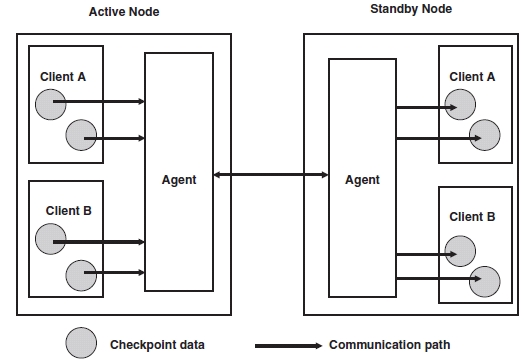Figure 4.36 OpenSAF Message-Based Checkpoint Service. Reproduced by permission of OpenSAF.

To simplify the learning cycle of the service capabilities, the OpenSAF Checkpoint Service comes with a sample application, which consists of two application processes that use the Checkpoint Service APIs to ‘write’ to a checkpoint, and ‘read’ the checkpoint data written by the first application process.
OpenSAF also includes complementing message-based checkpoint service (see Figure 4.36), which instead of maintaining replicas as per the SA Forum specification enables sending checkpoint data from the active entity to standby entities via communication agents with automatic discovery of peer entities and establishing session between them if they have compatible versions. This service enables implementation of cold and warm standby models. Cold standby would arise in the case when a standby comes up and synchronizes its states with an active peer at that point of time. Warm standby would be possible if active and standby entities exchange states periodically.
Communicating peers are almost always remote, and use the OpenSAF Message Distribution Service for passing messages.
- The OpenSAF Message Distribution Service provides synchronous, when the caller is blocked until either the timer expires or the receiving process or receiving client acknowledges the message receipt, and asynchronous ...

